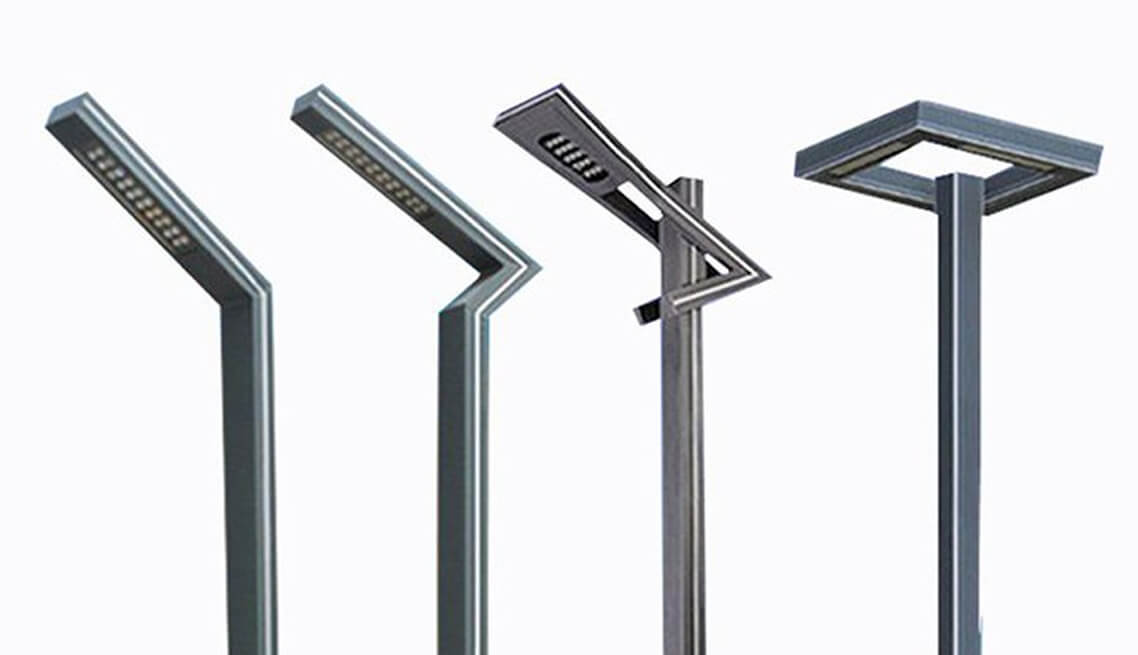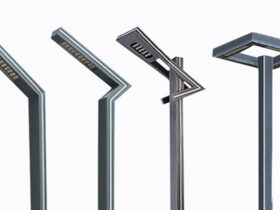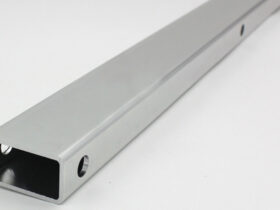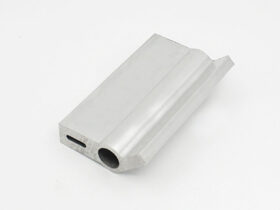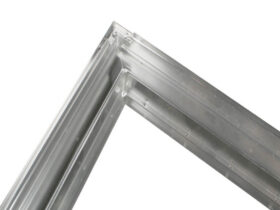Aluminium for lighting
Aluminium for lighting: lighting up the future with efficiency and style
In the field of lighting technology, the choice of material plays a crucial role in the performance, efficiency and aesthetics of lighting fixtures. Aluminium, as a versatile metal, has become the material of choice for manufacturing lighting components and luminaires. Lighting aluminium is highly regarded for its ability to improve lighting efficiency, durability and modern design aesthetics.
The significance of aluminium for lighting can be understood from its special properties and contribution to lighting technology:
1. Efficient heat dissipation
Aluminium is an excellent conductor of heat. In lighting luminaires, this property is essential for dissipating the heat generated by high-intensity light sources such as LEDs or halogen bulbs. Efficient heat dissipation ensures that luminaires remain cooler, extending the life of both the luminaire and the light source.
2. Lightweight construction
Aluminium is much lighter than many other metals used in lighting fixtures, such as steel or copper. This lightweight feature simplifies installation and reduces structural loads, making it suitable for a variety of applications, including pendants, chandeliers and outdoor luminaires.
3. Corrosion Resistant
Aluminium is highly resistant to corrosion as it naturally forms a protective oxide layer on its surface. Aluminium luminaires for lighting can withstand moisture, outdoor elements and environmental conditions without deterioration or rust.
4. Design flexibility
Aluminium’s malleability and versatility allow lighting designers and manufacturers to create innovative, aesthetically pleasing luminaires. Whether it’s smooth, modern lines or complex, decorative designs, aluminium offers a wide range of design possibilities.
Applications: Aluminium lighting fixtures can be used in a variety of applications:
1. Architectural lighting
Aluminium is commonly used in architectural lighting fixtures such as wall sconces, pendants and track lighting. Aluminium’s versatile design and durability make it ideal for enhancing the aesthetics of architectural and interior spaces.
2. Outdoor Lighting
Aluminium’s corrosion resistance makes it a popular choice for outdoor lighting fixtures, including garden lights, street lights and floodlights. These fixtures provide reliable lighting while resisting the elements.
3. Commercial and industrial lighting
Aluminium luminaires are used for high intensity lighting in commercial and industrial environments such as warehouses, factories and retail spaces. Their heat dissipation properties ensure efficient and long-lasting lighting.
4. Residential Lighting
Aluminium lighting fixtures are also prevalent in residential lighting applications, ranging from stylish chandeliers in dining rooms to energy-efficient LED fixtures in kitchens and living rooms.
Conclusion
In lighting technology, aluminium is a symbol of efficiency, durability and modern design. Aluminium’s ability to dissipate heat efficiently, its lightweight construction, corrosion resistance and design flexibility make it a popular choice for residential, commercial and architectural lighting fixtures. As lighting technology continues to evolve, Lighting Aluminium remains a beacon of innovation, bringing style and substance to spaces.


